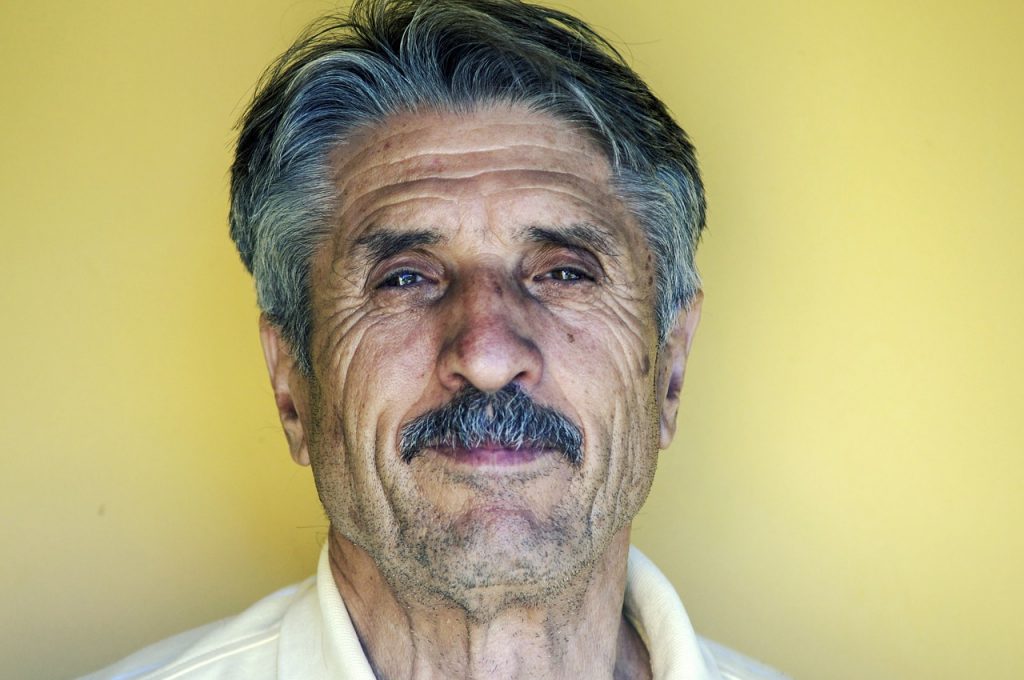According to many, nothing is manlier than having a properly styled beard and moustache. However, before it became one of the greatest symbols of masculinity, mustaches were outlawed in the past, and not having it shaved may even get you to jail.
The popularity of the mustaches rose and fell constantly over the years, and it is only in the present time that the mustache is considered attractive after many years of being obscure in many countries and cultures. To know more about the origins of facial hair and its up-and-down fame, here is a brief history of mustaches.
Mustache Origins
Ever since the birth of the first caveman, mustaches and beards have been sported by many men during the Paleolithic era, mostly due to the fact that growing mustaches is a natural process and they didn’t even think about cutting it.
No one knows exactly when males started to shave their beards and mustaches, but historians suggest that humans have used hinged seashells to cut their facial hair.
Ancient and Medieval Mustaches
The history of mustaches from the ancient Egyptians to the Dark Ages was never really recorded in detail, but it is believed that pharaohs have once donned mustaches as a status symbol, as shown in the discovered statues depicting them.
In the Dark Ages, knights would request custom-made helmets to in order for their mustaches to move around freely while wearing their headgear. In addition, an effigy on the tomb of Edward, Prince of Wales, depicted him in full battle gear where he is covered in chainmail, but his mustache is the only part of his body that is not covered in armor.
During the reign of King James I, he popularized the mustache by being depicted in several paintings adorning his glorious facial hair, and the masses then tried to imitate the looks of their king by growing their own mustaches. His son, King Charles I, had a handlebar mustache and a goatee, which is a unique look during that time that won’t stay unique for long as other nobles wore it months or years after.
Opposition to Facial Hair
While England accepted beards and mustaches as an important status symbol for the elite, other countries like Russia did not consider facial hair attractive at all; in fact, the Russian nobles declare it unclean. The hate towards facial hair allowed Emperor Peter I to declare a beard tax in 1698, which forced people with beards to pay 60 to 100 rubles a year for violating the law.
People who paid the beard tax will be given a “beard token” that symbolizes that one has already given money to the government for wearing a bear. Since the tax was mainly focused on forbidding beards on the country, those with mustaches were free to wear it without paying taxes.
Interestingly, King Henry VIII of England was believed to be the first one to declare a beard tax to his people, but the tax was poorly enforced due to the fact that the nobles, along with Henry VIII himself, wore beards.
Mustaches in the 19th Century
After the end of the Crimean War in 1856, soldiers who returned from battle were unable to shave their beards and mustaches because they don’t have time for it during the conflict.
However, those soldiers did not shave their beards for months or even years after the war, since they believed that it is a sign of them being heroic enough to care about their country and not pay too much attention to their facial hair in times of war.
Temporary Death of the Moustache
It was at the start of the 20th century when mustaches began falling out of the limelight because of multiple reports saying that bacteria and germs often live on facial hair. Several companies, including hospitals and food-related establishments, began banning mustaches and beards for workers due to sanitary purposes.
Facial hair further became unpopular during World War I, as beards would often hinder the breathing of those wearing gas masks in battle. Also, it was only the high ranking officials, who mostly weren’t in the frontlines, who were allowed to wear mustaches in the war.
Mustache in Modern Times
Following the years when the mustache faded into obscurity, celebrities in the 1920s began sporting it again in order to make them a little bit different from the ordinary folks. These mustache-wearing celebrities include Ronald Colman and Clark Gable. Soon after their appearance on the silver screen donning their iconic mustaches, facial hair became popular amongst men once again.
However, the prevalence of mustaches and beards in the 1920s will soon end, as the Great Depression made people who are desperately looking for jobs shave their facial hair as it is considered “unprofessional” according to a book written by WC Graham in 1932 titled “How to Get a Job During a Depression.”
Years after the Great Depression, countries that were not affected by it began seeing mustaches as artistic symbols. One of these countries was Spain, which had Salvador Dali as the main spokesperson of how mustaches can make you look unique and endearing.
The United States would soon catch up on the mustache craze, as actors like Dick van Dyke and Tom Selleck began wearing mustaches during the peak of their popularity in the 1960s and 1970s. Tom Selleck’s mustache, which he wore while acting in the television series Magnum PI became so iconic that women would sometimes ask their boyfriends or husbands to get a mustache similar to Selleck’s, which most men during that time had similar facial hair. There have been many classic television characters who have sported some interesting mustaches.
During the 1990s and early 2000s, the mustache fell out of the trend, as they are often associated with older men who weren’t able to catch up with the quickly evolving culture in music and fashion. But as proven by the constant re-emergence of facial hair in history, mustaches became a trendy fashion symbol again in the 2010s because of the rising popularity of hipster culture that appreciated the nostalgia for classic movies wherein most actors sported mustaches.


